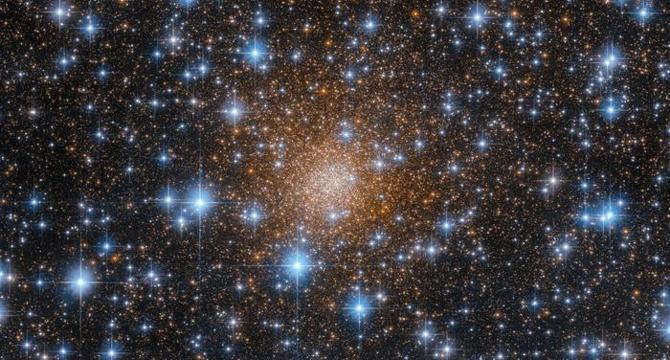Bioengineer
2d
257

Image Credit: Bioengineer
Flatiron Institute Emerges as Central Hub for MESA: A Comprehensive Software Suite for Stellar Evolution
- The Flatiron Institute is solidifying its commitment to the MESA software suite, crucial for modeling stellar evolution and enriching astrophysical research.
- With Bill Paxton's retirement, the Institute's Center for Computational Astrophysics steps up by hiring Philip Mocz to ensure MESA's progression and relevance in the field.
- MESA's open-source approach has facilitated global collaboration, leading to extensive adoption and over 12,000 scientific publications citing its indispensable role in stellar physics.
- The synergy between Flatiron Institute and MESA developers aims to enhance the software's capabilities, addressing evolving scientific demands and fostering innovation.
- Matteo Cantiello highlights the necessity of integrating multidimensional approaches with MESA to deepen insights into stellar dynamics and refine theoretical predictions.
- MESA's transition to the Flatiron Institute signifies a pivotal moment in advancing computational tools for interpreting complex astronomical data and unraveling stellar mysteries.
- The collaborative ethos of MESA underscores a global endeavor to explore the universe's secrets, supported by cutting-edge computational models and dedicated astrophysicists.
- The article emphasizes the critical role of MESA in modern stellar research, showcasing its transformative impact on understanding stellar evolution and the universe's fundamental laws.
- As MESA continues to evolve under the Flatiron Institute's guidance, researchers are equipped with advanced tools to delve deeper into the mysteries of the cosmos and unlock new discoveries.
- The integration of MESA with sophisticated computational tools aligns with the growing complexity of astronomical data, propelling astrophysics into a collaborative era of innovative inquiry.
Read Full Article
15 Likes
For uninterrupted reading, download the app